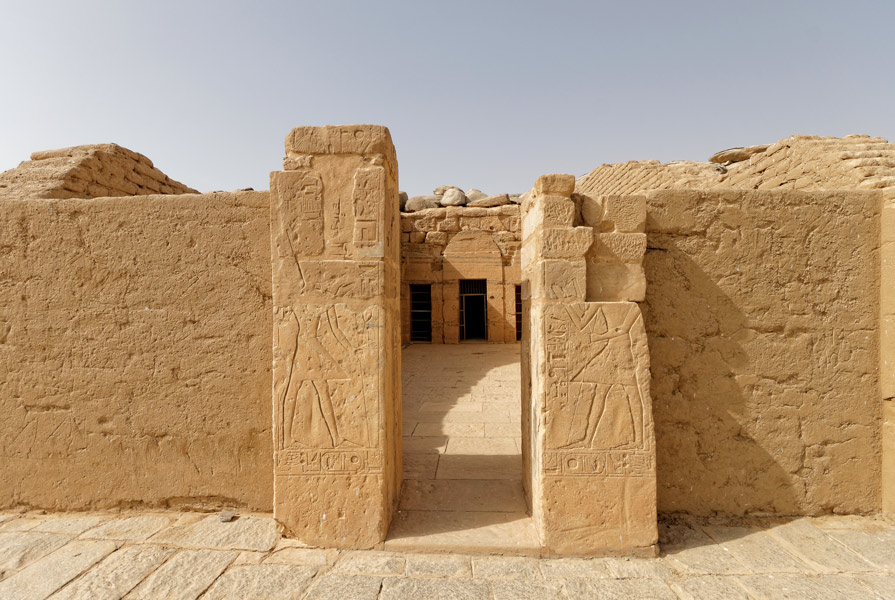
Outside the city, just south of Aswan High Dam and very close to the Kalabsha Temple, Beit (Beyt) el-Waly is found. This is not the original site of the temple, as like many other Nubian monuments. The temple was moved during the construction of the High Dam to save it from the waters of the Lake of Nasser. A polish archaeological expedition, financed by Oriental Institute of Chicago and the Swiss Institute of Cairo, undertook the project of dismantling, moving and reassembling the temple. The temple dates from the reign of Ramases II and was built on a cruciform plan. It is consisting of a deep hall, a transverse antechamber and a sanctuary dedicated to the ram god, Amun, together with other gods. It is thought that Ramses II built the temple for propaganda more than for real public worship. Although the temple was converted to a church in the early Christian Era, its paintings can still be admired as they are well preserved.
